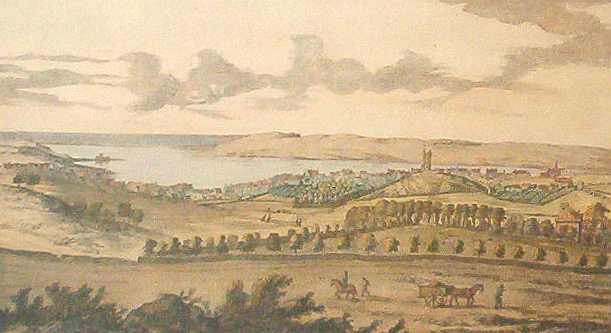
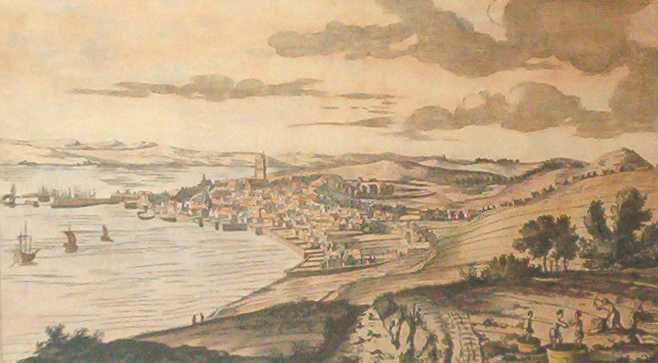
The area of Dundee has been settled since prehistoric times. Traces of a Roman settlement have been found as has evidence of Pictish habitations. There are several possible origins of the modern name. Some say that Dundee is derived from the Gaelic words dun meaning hill or fort and daig who was thought to be an early chieftain. Another Gaelic source might be dun Deagh where Deagh is the name of a Celtic deity.
Dundee was an important trading port as early as the 12th century when King William the Lion gave the town a royal charter in 1191. However, as a major center, it was a prime target when Scotland tried to assert its independence. The city was besieged/sacked at least six times by the English between 1200 and 1650. Edward I took the castle in 1296 and punished the town by removing its charter. One year later, Dundee was retaken by William Wallace. Edward I took the town again in 1303 and installed an English garrison. The castle was then completely destroyed in 1312 by Robert the Bruce who gave the town a new charter in 1327. Dundee became an English target once again when France declared itself an ally to Scotland during the Hundred Years War. In response Richard II marched north and reduced Edinburgh, Perth and Dundee to ashes in 1385.
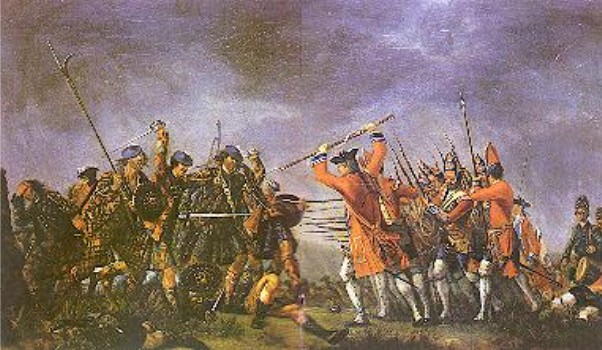
Dundee was free from further sieges and the burning and looting that came with them until Henry VIII tried to extend his Protestant ambitions into Scotland through the marriage of one of his sons with Mary Queen of Scots. When Mary didn't jump at the opportunity, Dundee was attacked and destroyed by a naval bombardment in 1546/47. Only later would English men learn about flowers and candy.
Although Scotland as a whole was full of turmoil that accompanied the Reformation, the city itself was not besieged. However, there was plenty of unrest in the country. The Covenant was signed in 1637 and Dundee was very supportive. Charles I's attempt to put down the Scottish uprising was unsuccessful and he was forced to make amends for invading the country with his English army. As part of that agreement, Charles confirmed Dundee's status as a Royal Burgh in 1641.
There were four levels of municipal hierarchy starting with designation as a Village. Above that was a City - which was a honorific title signifying only that the village had a cathedral. Next was a Burgh (for example a Burgh of Barony) and finally a Royal Burgh. These privileges were mentioned as far back as 1165 and thus are a longstanding way of designating Scottish towns and cities. As a Royal Burgh, Dundee had the authority to trade outside of the country, an important right for a sea port. That's why the cancellation of the royal charter was considered punishment to the town.
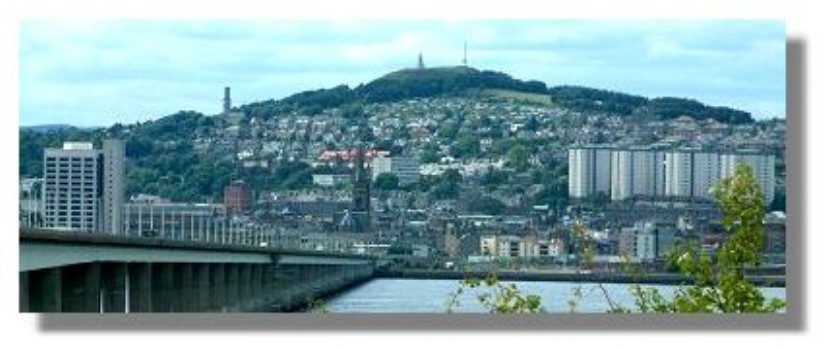
Dundee was not yet finished facing mass destruction through sieges. The town was essentially indefensible, even with an attempt to make it a walled city. As shown in the modern picture above, Dundee sat on a flat plain at the foot of a large hill, in front of a wide expanse of water, and with no natural defenses anywhere near it. As such, it could be easily besieged, or in more modern times, simply shelled from the higher land or from the water. During the 1600s, Dundee was a stronghold of the Covenanters in the religious wars of the Reformation and suffered for that sentiment. The Marquis of Montrose, a Scottish noble supporting the English monarchy, besieged the town in April of 1645. Just 6 years later in 1651, Oliver Cromwell's commander of English forces in Scotland attacked Dundee. General Monk's troops pillaged the town for two weeks, destroying much of it and killing up to 2,000 of the 12,000 residents. The carnage inflicted on the town spoilt its prosperity and growth for at least half a century.
The picture to the right is St. Mary's Tower, known in Dundee as the Old Steeple . It was completed in the 1480s, captured by the English in 1547, and used by Dundee citizens in their unsuccessful defense against General Monk.
Dundee faced perils besides those inflicted by its enemies. Plague struck the city three times: in 1544, 1566, and the last in 1607/08 although the inhabitants were never free from the worry of it. (Plague had hit much of Scotland in 1349, 1361-2, 1379, 1392, 1401-3,1430-2, 1439, and 1455.) Finally, a seven year famine at the end of the 1600s further delayed the town's recovery from Monk's 1651 destruction through to the middle of the 1700s.
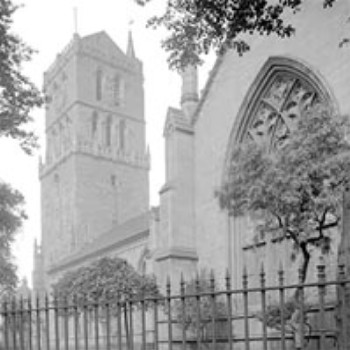
Sources
Various web sites
Further reading: Wighton Families in Dundee: Part 1